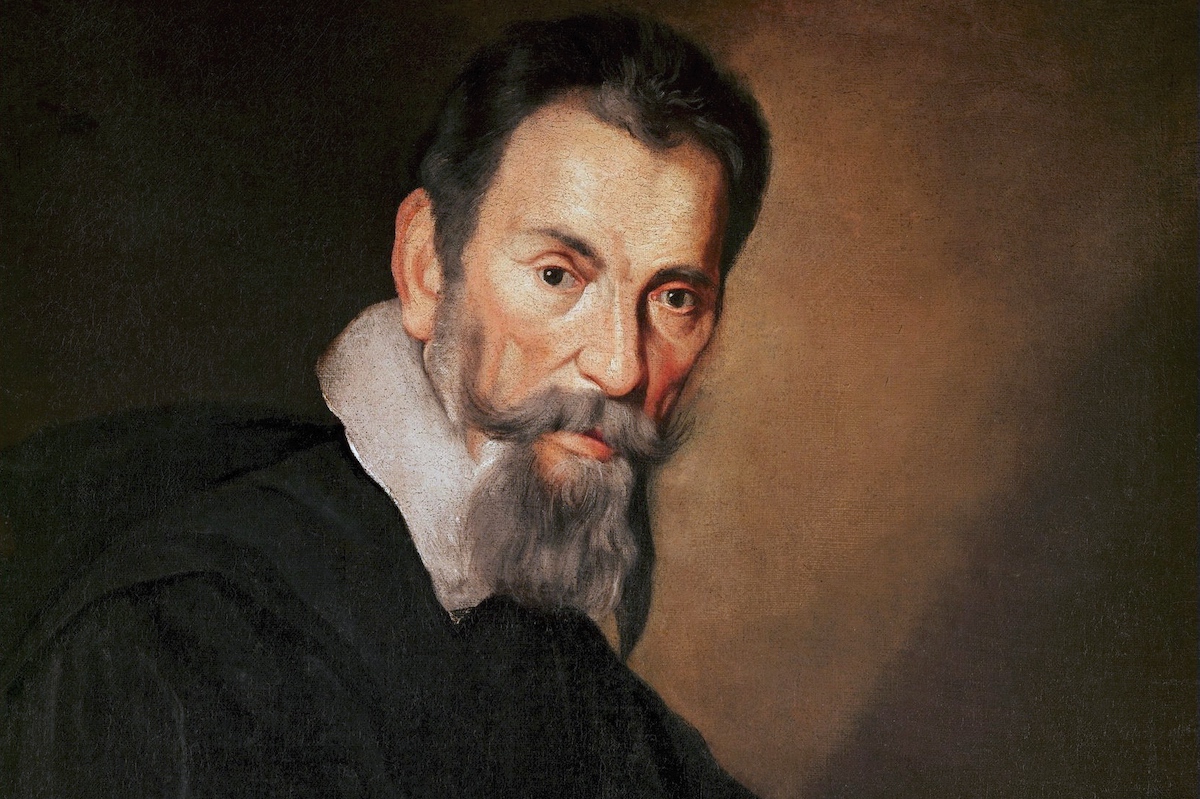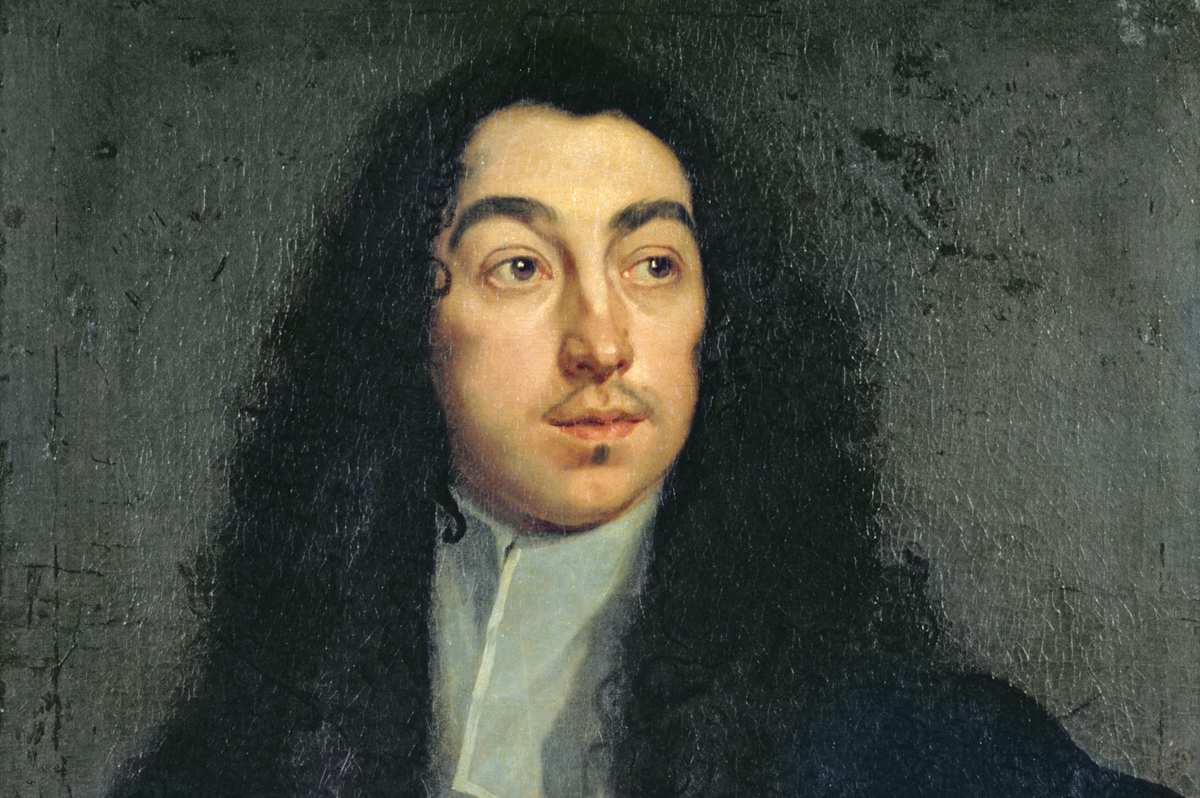At the heart of the most celebrated music lies beauty, timelessness, memorable melodies and wondrous storytelling.
Yet the fact remains that many 18th century composers worked in positions of servitude, their output dictated by their employers and limited by available musical resources. Though they craved creative autonomy, most found themselves virtual slaves to patrons and masters, creating music that, in many cases, would only be performed once. Little wonder then that resourceful composers sometimes reworked existing pieces or ‘borrowed’ from others.
With such lack of control over creativity, it is difficult to imagine what legacy an 18th century composer could be expected to leave, let alone whether they would influence the history of Western classical music.
Yet the best composers did exactly that, despite the conditions under which they worked.

Claudio Monteverdi, as painted by Bernardo Strozzi, circa 1630
One such brilliant exponent was Claudio Monteverdi (1567-1643). Straddling the transition between the Renaissance and Baroque periods, he was Director of Music at St Mark’s Basilica in Venice for an extraordinary 30 years. At the same time, he managed to revolutionise traditional styles of composition through harmonic vocabulary and develop his own musical language to imitate human emotions such as grief and passion. “Since I could not find an example for an impassioned mental state in the music of earlier composers,” he wrote, “I began with all my energy to search for a passionate form of expression”
Much of Monteverdi’s compositional output has sadly been lost. Of the 10 operas that were written between 1604 and 1643, just three survive. We can only wonder what brilliance there was in the opera Le nozze d’Enea con Lavinia, composed between his masterpieces Il ritorno d’Ulisse in patria (1640) and L’incoronazione di Poppea (1643). Only the libretto remains, in which an unknown author declares in the introduction that Monteverdi “will be sighed for in later ages, for his compositions will surely outlive the ravages of time.”
Among the composers who took up the challenge to create a new instrumental language was Heinrich Ignaz Franz Biber (1644-1704). His virtuosity as a violinist and his use of techniques such as pizzicato, col legno (striking the strings with the wood of the bow) and scordatura (changing the tuning of strings for a particular piece) created new possibilities of dramatic expression.
Biber’s Battalia is a programmatic piece that uses instrumental techniques to imitate battle sounds such as cannon fire. One of the movements, Die liederliche Gesellschaft von allerley Humor (“The dissolute bunch of a riotous type”) incorporates eight melodies in different time and key signatures.
A footnote in Latin explains Biber’s idea behind the cacophonous mix of different German, Slovak and Czech folk songs: hic dissonat ubique nam ebrii sic diversis Cantilenis clamare solent (“everything here is dissonant so the drunks are accustomed to yelling with different songs”).

Matthew Locke, as painted by William Dobson.
Written around the same time as Battalia was the incidental instrumental music for The Tempest by Matthew Locke (c. 1621-1677). Staged in London in 1674, Locke indicated directions such as “soft”, “lowder by degrees” and “violent” for the first time in English music. Locke’s powerful imagery appears in the Curtain Tune, with its calm opening music giving way to turbulence to depict a raging storm.
Working during an age of exploration and curiosity in the exotic, Jean-Philippe Rameau (1683-1764) drew inspiration from distinctive cultures beyond Europe. In his famed Opéra-ballet Les Indes Galantes, Rameau included songs by African slaves, a Turkish dance, an air for the Incas of Peru and a dance inspired by a delegation of Native Americans chiefs who were visiting Louis XV in 1725.
As he had no first-hand experience of these mysterious lands, Rameau’s compositions tended to be transcriptions that were closer to European culture rather than music based on traditional sources. The foremost French opera composer between Jean-Baptiste Lully and Rameau, André Campra (1660-1744) declared of Rameau’s Opera Hippolyte et Aricie: “There is enough music in this opera to make ten of them; this man will eclipse us all.”.
That such composers can stir our hearts today speaks of their extraordinary genius in reflecting our human emotions by combining brilliant storytelling with music that sparks our soul.
Salut! Baroque presents The Influencers at Wesley Church, Canberra, 3 May and Verbrugghen Hall, Sydney Conservatorium of Music, 5 May.












Comments
Log in to join the conversation.